Definition of Underinsurance
Inadequate insurance coverage by the holder of a policy. In the event of a claim, underinsurance may result in economic losses to the policy holder, since the claim would exceed the maximum amount that can be paid out by the insurance policy
Consequences of Underinsurance
Essentially there are three outcomes when underinsurance is discovered:
1. Premium and terms correction – policyholders may have to ‘make good’ the premium that the insurer didn’t receive as a result of the sum insured being too low. Additional terms may also be applied retrospectively, such as the policy excess being increased.
2. Proportionate reduction in claim settlement – often described as ‘average’. A claim settlement may be reduced in line with the level of underinsurance. For example, a property insured for £150,000 actually costs £300,000 to rebuild. The property is only insured for half the sum it should be. The claim will be settled on the same basis – 50% of the original sum insured. If there was a £50,000 claim the settlement would only be £25,000.
3. Total repudiation – in the worst case scenario, such as cases where the underinsurance is proved to be wilful or deliberate, the policy may be considered null and void and the claim may not be met at all.
What is average?
Like “loss” and “claim”, the word “average” has a place among technical terms used by insurance underwriters. It’s used in relation to underinsurance, a problem by which policy holders, who’ve paid a lesser premium than they should have either unwittingly or deliberately, are not entitled to a full payout if they need to make a claim.
When you take out a buildings and contents insurance policy, your premium is based upon the value, or “sum insured” of the insured property as advised by you.
It’s your responsibility as the customer to get this right. Insurers do not typically visit your home or business to carry out a valuation survey of your building or contents before arranging a policy. If they did, this would have to be factored into the costs of the services, and your premium would be much higher.
While insurers take this information from you to be correct, they accept that many homeowners and businesses will not be experts in placing a value on their home and contents, and so they allow some leeway before reducing a settlement where the property is found to be underinsured.
Here are some examples of where an individual or business may slip up with underinsurance:
1. Insuring a building for its market value instead of its rebuilding cost
2. Not increasing a rebuilding cost after an extension
3. Insuring contents for second hand value instead of new prices
4. Failing to keep a register of all machinery, plant and contents
5. Not including payments to bona fide sub contractors when assessing turnover
6. Not including labour only sub contractors in the pay roll
7. Not allowing for business growth in the next 12 months
8. Not updating figures at renewal
If you have any more questions or concerns with underinsurance, don’t hesitate to get in touch with the team at Hine Chartered Insurance Brokers for more advice.




